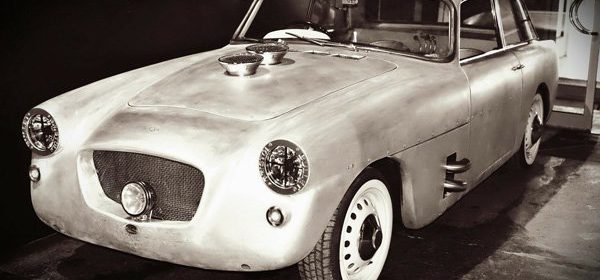A Beginners Guide To Classic Car Restoration Volume #2


OK boys and girls; are you ready for the second article on a beginners guide to classic car restoration? It’s ready for you so let’s get going on it.
We finished up the last installment with bringing the car home; the most important part of the process for the last installment is that you have a garage to do the work in.
This article will begin with a pre-restoration inspection of the car. Let’s get going on it.
Pre-restoration Inspection: This is the part where you will generate your initial parts list, so you need to take your time and do it right.This can make or break your restoration project.
Engine Compartment:Pre-restoration inspection on the engine compartment; here we’re going to take a look the visible issues in your engine compartment. We will start at the top and work our way down through the most important visible issues.
- Wiring look for burned, cracked, or Jerry rigged wiring in your engine wiring harness; be sure to take a lot of pictures because they will help you when it comes time to re-assemble your car.
- Next move to the top of the engine and look for leaks in the valve covers, intake manifold, and water pump areas. If you plan to rebuild the engine you can skip this part.
- Moving on down look at the brake lines inspect them for leaks, kinks and cracks. The brake lines should always be replaced during a restoration project just to be safe.
- Now get your jack and lift the front of the car and remove both wheels from the car. This is where you will check the ball joints, and the steering components on the car, be very through here this is an area where you can save some money if you do it right.
- Check the radiator at the bottom for leaks and replace it if you need to, you should always at least have it rodded and cleaned.
- Take a look at the brakes themselves inspect them for leaks, and general wear on them, you should always replace your brakes during a restoration.
That covers the front of the car, now we will move to the front body panels of the car. You need to take your time here and pay close attention to what your doing, there is no room to get in a hurry here.
Front Body Panels:First you will let the car down off of the jack stands, and put it back on the floor of the garage.
- Make sure after you put the car back on the floor that you close the hood of the car. This is where the body panel inspection will begin. The gaps between the hood, fenders, header, and cowl vent should look uniform, and have about 1/16″ to 1/8 ” gaps.
- Now take a look at the bumper of the car, make sure that it looks straight and is not pushed in or bent anywhere, this indicates that the car has been wrecked.
- Now take a look at the fender to door gaps, they to should be uniform and be 1/16″ to 1/8″ wide. If they are not the car has been wrecked and the panels have been pushed in, or pulled out.
- Now take a look at the door gaps if they are off this could indicate a couple of different things. First of all it would indicate that the car has been wrecked and repaired, or it could indicate that the door hinges need to be replaced, if the door has dropped in the rear it usually means bad hinges. Also the door caps should be uniform and have 1/16″ to 1/8″ gaps.
That’s about it for volume number 2, stay tuned for the next volume.
